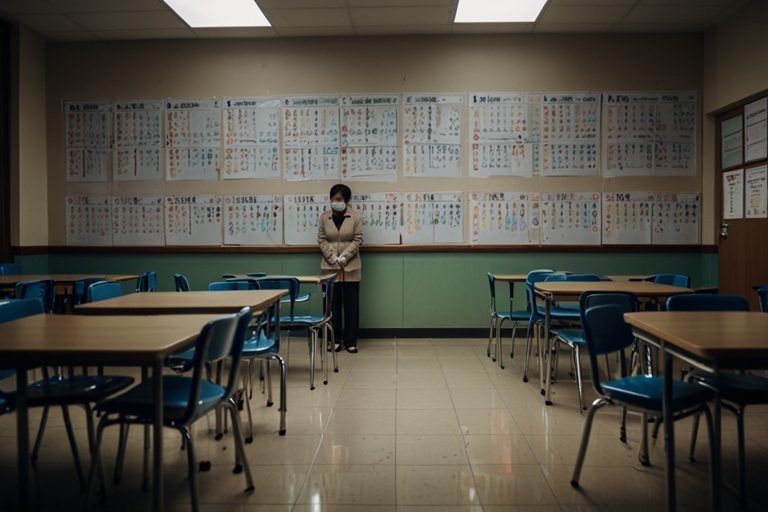
TL;DR
- 233 out of 251 students at a Gansu kindergarten tested with high blood lead levels
- Non-edible paint pigments were used to color children’s food
- Eight individuals, including the school principal, have been detained
- Some food items had lead levels over 2,000 times China’s legal limit
- 201 children are hospitalized; long-term health impacts remain under review
- Scandal fuels nationwide outrage and renewed scrutiny of food safety enforcement
Kindergarten Poisoning Scandal Unfolds in Gansu
More than 200 children in northwest China are undergoing medical treatment for lead poisoning after staff at Heshi Peixin Kindergarten allegedly used industrial paint pigments to color school meals. According to a government report cited by CCTV, the food items — such as red date cakes and sausage corn rolls — were found to contain lead levels over 2,000 times the national safety threshold.
Eight people have been arrested, including the school principal and a financial backer, for “producing toxic and harmful food.” Authorities have also seized the contaminated paint, clearly labeled as non-edible, which investigators say was intentionally used to attract more student enrollment.
Over 200 Children Affected, 201 Hospitalized
Out of 251 students, 233 tested with elevated blood lead levels, and 201 are now hospitalized. Parents told China National Radio (CNR) they had long observed symptoms like stomach pain, appetite loss, and erratic behavior, raising concerns that children were chronically exposed over several months.
A mother shared that her child’s blood level reached 528 micrograms per liter, far above China’s “severe” lead poisoning threshold of 450 µg/L, as defined by the National Health Commission.
Food Samples Show Extreme Contamination
Two tainted items — a red jujube steamed cake and a sausage corn roll — were found to be contaminated with lead concentrations thousands of times above acceptable levels. Experts warn that even small doses of lead can impair brain development, IQ, and long-term cognitive health, especially in young children.
A People’s Daily investigation revealed that at least 70 students tested in the nearby city of Xi’an had confirmed blood lead poisoning. The school reportedly failed to release individual results during initial testing, prompting parents to seek external evaluations.
Parents Demand Transparency and Accountability
Parents are calling for full disclosure of how long the exposure lasted and how it was overlooked by local regulators. Some questioned how the children were so severely poisoned if the colored foods were served only once or twice a week.
One mother said, “Right now, I’m not thinking about compensation — I just want my child to be healthy.” Others have accused authorities of downplaying the results or withholding information.
Local Officials Vow Reform, but Trust Erodes
Tianshui Mayor Liu Lijiang pledged full support for children’s treatment and announced measures to close food safety loopholes in the city. But the public response remains critical, with thousands expressing outrage on platforms like Weibo, China’s version of X.
“Severe punishment must be imposed,” one commenter posted. “Children are the hope of a family.”
Historical Echoes: A Pattern of Food Safety Failures
China has seen numerous food-related scandals over the last two decades. The most infamous, the 2008 melamine milk crisis, left six infants dead and over 300,000 sickened, resulting in multiple executives receiving death sentences.
While authorities have tightened regulation since then, critics argue enforcement remains inconsistent. According to Yanzhong Huang, senior fellow at the Council on Foreign Relations, the repeated failures point to a systemic trust crisis in China’s food regulatory framework.
The Data
| Metric | Details |
| Total students tested | 251 |
| Children with abnormal lead levels | 233 |
| Hospitalized children | 201 |
| Lead level in food samples | Over 2,000x national limit (CCTV) |
| Severe poisoning threshold | 450 µg/L (National Health Commission) |
| Worst reported lead level | 528 µg/L (CNR) |
| Notable prior scandal | 2008 melamine-tainted milk crisis (People’s Daily) |






